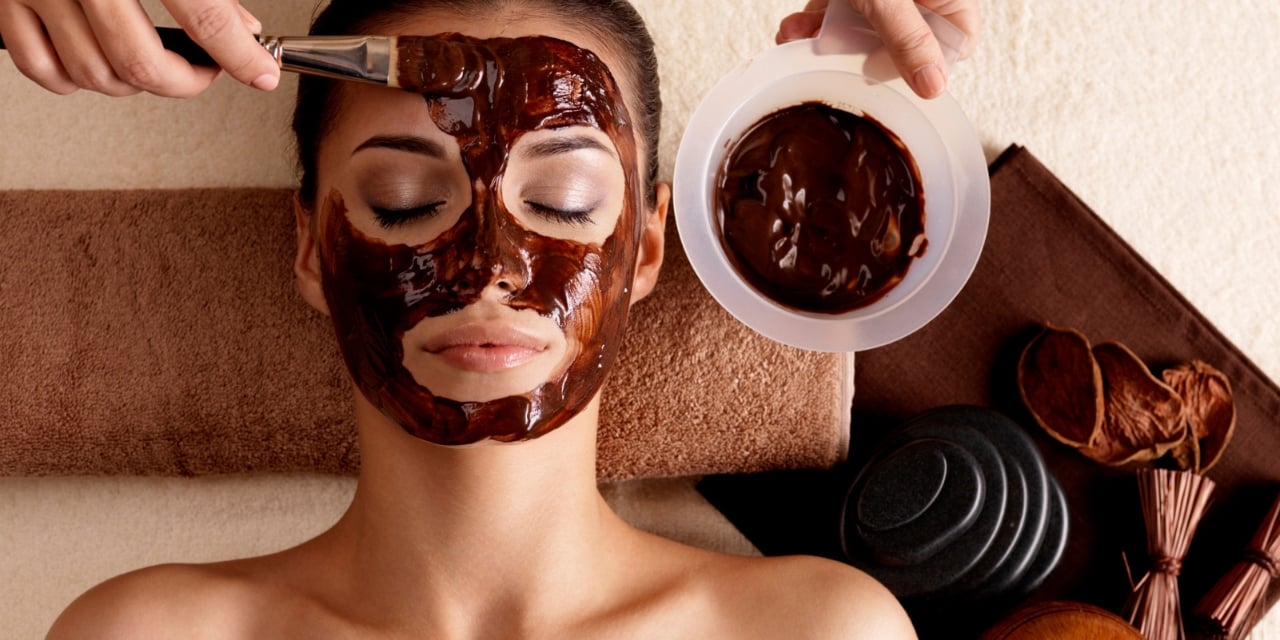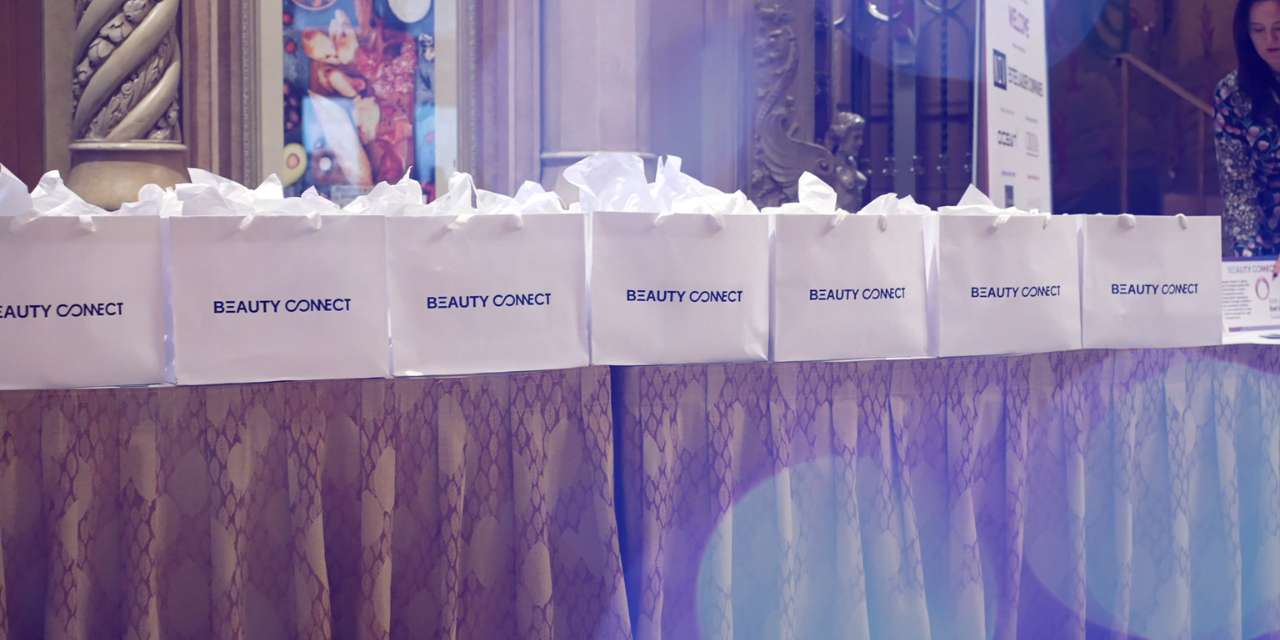
Key Insights from CEW’s State of the Industry
We recently attended the CEW State of the Industry: Global Trend Report 2024. This is an annual event that looks both back at the year just ended, and ahead at the year to come, to offer some perspective on the drivers of growth in the beauty industry. We offer below our thoughts on what we found most notable.
Looking back at 2023, the beauty industry grew ~12% in North America and Europe, with high levels of inflation driving faster growth in Latin America and Africa/Middle East, and still-sluggish consumer behavior pressuring growth in Asia. Globally, an increase in the number of younger consumers engaging in the skincare category led to a resurgence of growth for this segment, although the fragrance category was in fact the fastest growing segment of the beauty industry. Within skin, SPF was the most commonly searched for term online, while vitamin C was the most searched for ingredient.
2023 Performance & Outlook
In 2023, beauty industry sales increased 15% in the prestige segment, while the much-larger mass segment saw sales growth of 11%, with the trend of faster growth in prestige expected to continue in 2024. Looking ahead, Circana forecasts that overall beauty spend will continue to see growth, but at a decelerating rate (2024 +10%, 2025 +8%, 2026 +7%), with prestige growth outpacing mass in each year.
Shopping Behavior
From a shopping behavior perspective, while “omni-channel” remains a must for most, Amazon has continued to gain market share (posting 28% growth in beauty sales in 2023), and TikTok is now the #4 cosmetics e-tailer in U.S. beauty (but #2 in China). In 2023, on a global basis, 58% of beauty industry sales were online, while 42% were in brick-and-mortar sales.
Key Trends
Efficacy and quality remain top of mind
In terms of trends that are expected to impact consumer behavior in the beauty category in 2024, the most notable in our view was that consumers continue to prioritize efficacy and quality when selecting their beauty products. Indeed, given that 68% of U.S. adults say it is worth paying more for better-performing products, some brands are evolving their labeling to cite which specific ingredients are used in the product with the aim of informing the consumer at the point of purchase. Given the rise of “dupes” in the beauty industry, brands also hope that this more deliberate approach to packaging will help distinguish their products from lower-priced alternatives.
Focus on beauty from within remains front and center
Not only do 79% of U.S. adults agree that looking good makes them feel more confident, but 70% of U.S. consumers are willing to pay more for products that have mind-boosting properties (reduce stress, lower cortisol, increase serotonin, balance neurotransmitters). Of note, while the global beauty market is ~$102B in size, the global wellness market is just almost half that size (at ~$46B).
M&A Activity
Acquisition activity by strategics picked up in 2023, especially late in the year, with the acquired brands all being first-class assets in their respective segments. The common denominators to the big assets acquired Creed (by Kering Beauté), Mielle (by P&G) K18 (by Unilever), Naturium (by e.l.f.) and Dr. Dennis Gross (by Shiseido) was that each had double digit increases in their EMV (earned media value) for the year. Also of note, TikTok has been a critical driver of success for each of these brands, with the exception Creed, whose social media engagement skews more heavily to Instagram.




